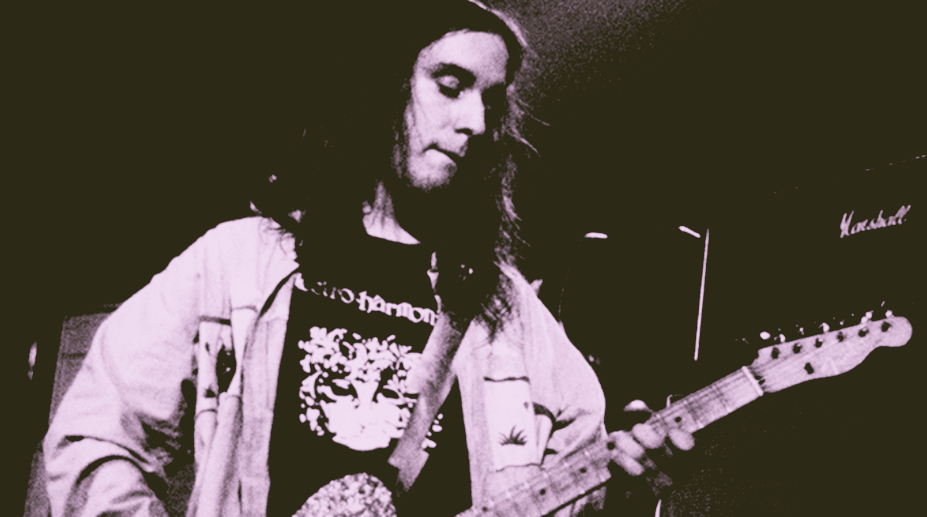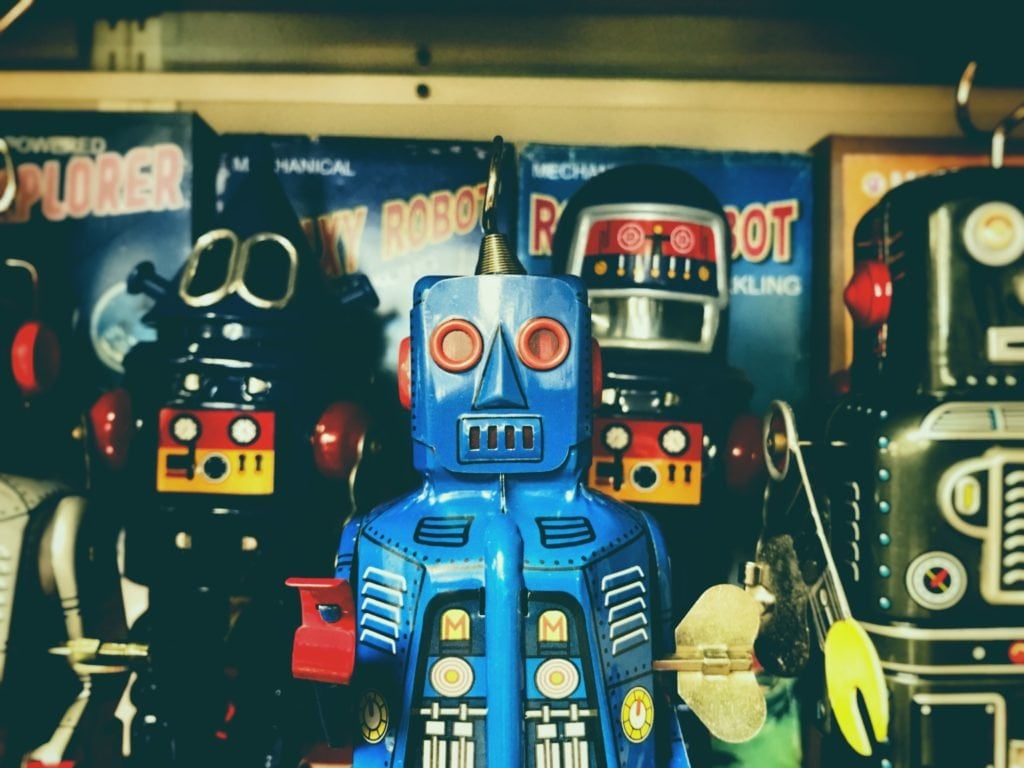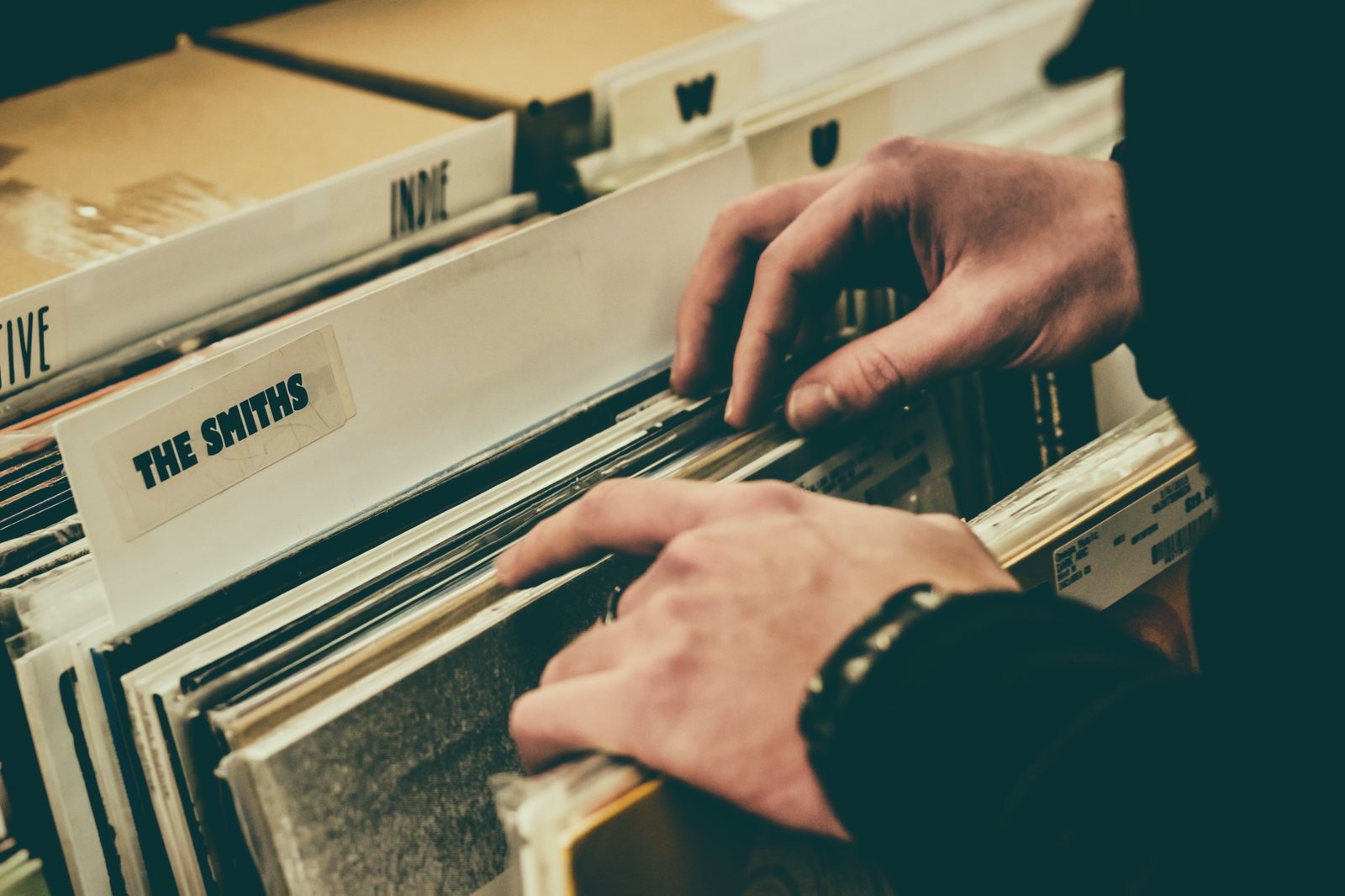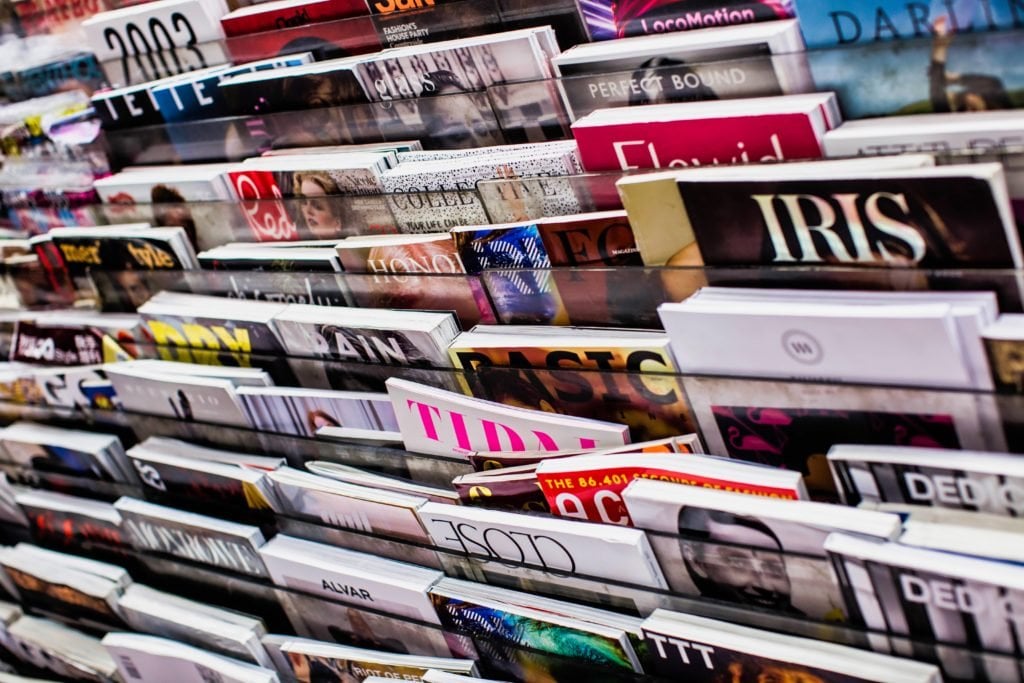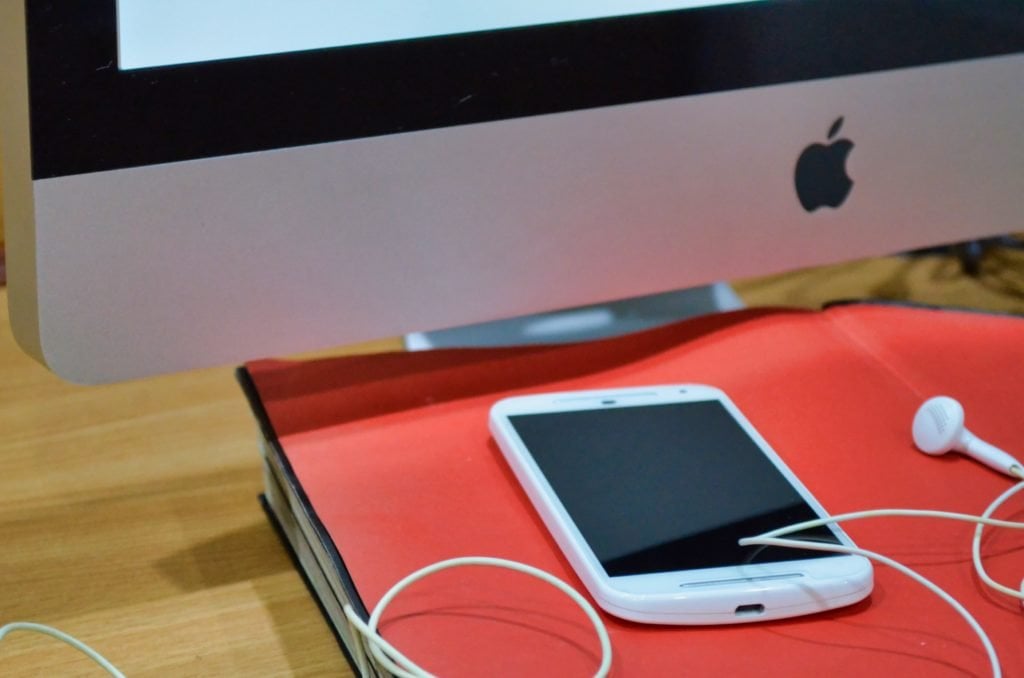Chris Rizik of Soul Tracks is understandably frustrated:
… in the modern world of streaming, with literally thousands of new songs being uploaded onto platforms like Spotify, Apple Music and Tidal every week, confusion is the norm. So a young rapper who calls himself Babyface can put his music up on the site, and the automated systems don’t realize that this is definitely not the Grammy winning Tender Lover. Consequently, not only does “Y2K” show up in my Release Radar, it shows up on Babyface’s Spotify artist page, leaving his fans scratching their heads, or maybe even complaining that ‘Face’s new music is awful. Putting aside any trademark issues (and I’m sure there are some), this is a mess for both the original artist and for the streaming service.
I run across this all of the time. Recently I was looking for an album to listen to by jazz legend Sam Rivers on his Spotify profile. Nestled among his sizable catalog were a few ‘new releases’ of thinly produced R&B/pop, placed at the top of Sam’s artist page. Of course, these releases were from a pop artist also named Sam Rivers.
I don’t have a problem with more than one artist with the reasonably not-rare name Sam Rivers. But having Spotify (and other services) combine them is wacky stuff. Jazz Sam is sadly deceased, so he doesn’t care, but doesn’t Pop Sam check himself out on Spotify? Does he think it’s okay for his smooth R&B-ness to sit alongside late 20th-century free jazz?
It’s possible Pop Sam doesn’t know what to do about it. I decided to tell Spotify about the mix-up, using Twitter, and they were immediately responsive. They referred me to a page where I could submit the error for review. But these are a lot of steps for Pop Sam.
There is a ‘report’ option hidden on the artist profile, but this goes to a page for infringement issues. There’s no link or redirect to report mistakes. And this report option doesn’t exist for songs or albums, making it more difficult to flag individual releases that are in the wrong place (or infringe, for that matter).
But that’s far better than what Apple Music offers. Spotify acted on my request and separated Pop Sam and Jazz Sam, but Apple Music has them combined thanks to one stray Pop Sam EP. I looked for a way to report this through iTunes on MacOS. The only option I could find is a menu item under ‘Song’ (in the top menu, not in the player). The option is titled ‘Report a Concern.’ I can’t tell you what this does as it’s grayed out and inactive. I tried highlighting the song, playing the song, adding it to my library — nothing would activate this option. And it’s completely missing on the iOS app.
There’s a lot of hand-wringing about how streaming doesn’t feel like a personal, fan-friendly experience along with conjecture about how to make it more so. I don’t think there’s one magic answer. Instead, I feel many smaller actions could make the platforms feel more welcoming. Keeping the artists and their releases straight — and giving fans a clear way to interject when they’re not — is a good start.
🔗→ “Wait a minute, that’s not Babyface” – Artist confusion abounds online
